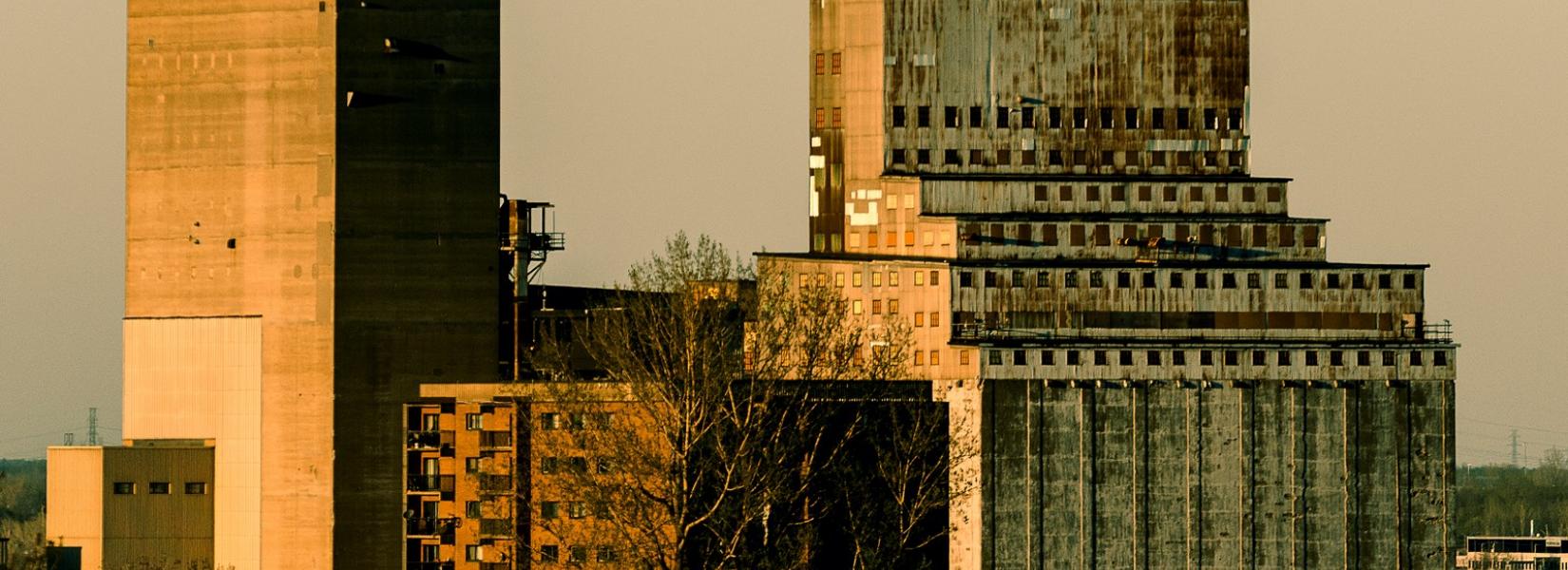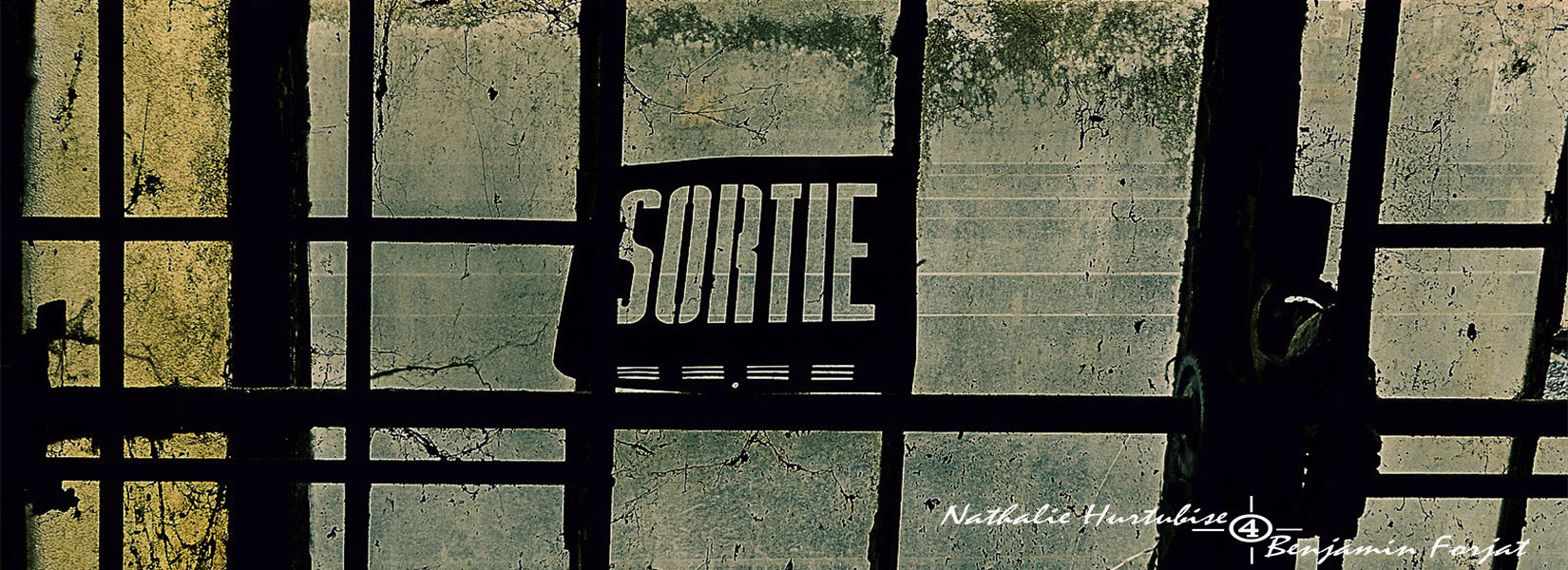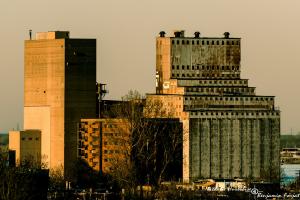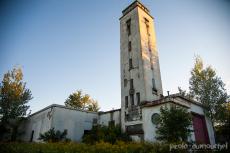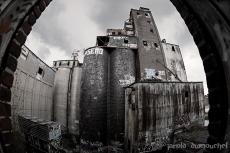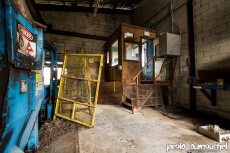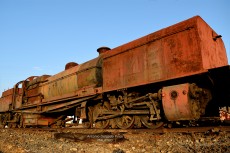The abandoned Val Rose plant is unquestionably one of the most famous spots in Quebec City area. And honestly, I was rather reluctant to go there. Not that I thought the spot wasn't interesting, but in general, a place known as the Val Rose is,...
The former grain silo number 3
The abandoned Miron silo
Located in the Hochelaga-Maisonneuve neighborhood, the silo # 3 was built in 1923. The architect was John S. Metcalfe who were responsible for the construction of most silos in the Port of Montreal (1, 2, 3, 5). It is thanks to its innovations that the Port of Montreal was the largest grain port in North America in 1914.
As I wrote, it was built in 1923 by Canadian Vickers at the east of the others silos. By this choice, the Port of Montreal wanted to avoid traffic congestion around the other silos already built. With annexes built in 1928, it was more than 150 000 metric tons of grain that could be stored into the complex of four sets of silos.
With the rationalization of the port of Montreal in 1978, the silo number 3 ceased its grain shipments by vessel and will specialize in trucks loading to serve the domestic market. Nine years later, it will cease all its operations.
From 1987 to 1993, the structure was used successively by Miron companies, Lake Ontario Cement and Ciment Québec, for the handling, processing and storage of cement powder.
Today, several portions of this huge complex have been demolished, and a new warehouse was built on the site of the former Miron lift. The site is abandoned, although its owner is still the Port of Montreal. The photos were taken in 2013.
In 2014, the grain elevator number 3 is back to life. It is modernized at the cost of $ 22 million and will be used by the company CanEst Transit. See article in the e-magazine Logbook, published by the Port of Montreal at :
Related content
Built in the early twentieth century, the former Canada Malting plant has a dozen gigantic silos of 37 meters high. The oldest was built in 1905. Hundreds of employees worked there after the Second World War, until the closure of the factory at...
The advantage of a 4 hours ride to visit an abandoned sawmill is that we increase our chances of finding an intact place without the slightest trace of vandalism. Or at least, very little.
All along the road, the fear of finding a...
We are talking about over 5000 years of mining history in this area. The landscape has been changed forever, and it looks at some places like a alien planet where red, yellow, purple mingle with green, gray and ocher.
The ten abandoned...

